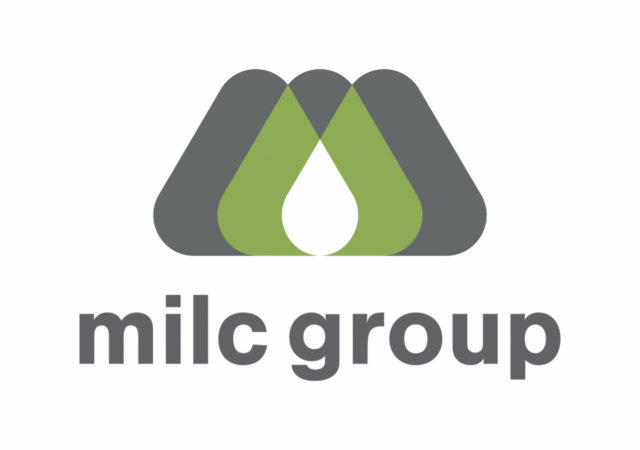NO One way we have been proactive and progressive is in the continued expansion of our National Dairy FARM program. Now in its third year, we continue to add to the number of farms enrolled in it. There remains a clear and compelling need to have a national, guideline-based, independently verifiable dairy animal care program in place, one that is acceptable to farmers and retailers alike. Because if farmers don’t drive this process, the supermarkets and foodservice community will come up with their own programs, not all of which will take science and years of dairy experience into account.
It’s also important that the FARM program reflect the best available evidence concerning the optimal care practices for dairy cattle and calves. That’s the impetus behind NMPF ’s consideration of altering somewhat the program’s position on tail docking. Currently, the FARM program does not recommend tail docking.
As evidence continues to mount that the practice of tail docking benefits neither cows nor workers, there is a fading rationale for allowing the practice to continue. When we talk about using sound science to base our policy decisions, here is an example of where the science does not create a case for the continued routine use of tail docking.
For this reason, NMPF is considering joining the leading veterinary organizations, including the American Veterinary Medical Association (AVMA) and the American Association of Bovine Practitioners (AABP) , in taking a stance of opposition to tail docking (as opposed to just “not recommending” it).
There are strong feelings about such a change but, as I stated a moment ago, once emotions are set aside, the intellectual and scientific basis for the practice just doesn’t stand.
Incorporating a change of position into the care standards of the FARM program does two things: First, it helps us offer ongoing education about better ways of ensuring the comfort and cleanliness of both cows and farm workers, such as switch trimming. The on-farm evaluation offers an opportunity to provide information to a farmer on practical alternatives to tail docking.
And it’s worth remembering that a criterion opposing tail docking in the FARM program does not mean those who haven’t ended the practice will be rejected. The program is not pass-fail on any one such point, but allows for a process of continuous learning and improvement.
The second thing this does is to remove the argument from the political table and avoid public battles over a legislative approach to eliminating tail docking. Already, the biggest dairy state, California, has banned the practice. Other states may soon be in the same boat.
Rather than give the animal rights community a tool with which to beat on dairy farmers, it’s more prudent to be proactive and use our heads to handle this ourselves.
—Excerpts from a post by Jerry Kozak on the CEO Corner of NMPF.org
YES
While tail docking is not an issue I feel strongly about, I am strongly opposed to limiting a producer’s right to use management practices they feel are needed on their farm as long as they are done in a safe and humane way.
Time will show that the HSUS will not be satisfied with the UEP deal, nor do they care if my cows have tails. They do not want me to milk cows at all. It’s time some of our industry leaders have the courage to just say this is a non-issue and we will let the producers decide how to manage their own farms.
—From Keith, a comment posted in response to Kozak’s column




